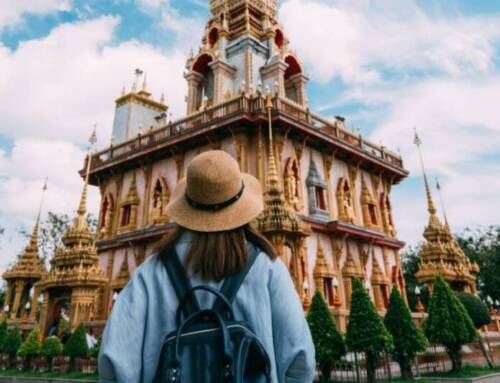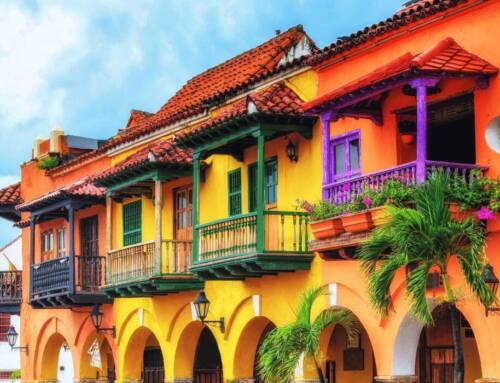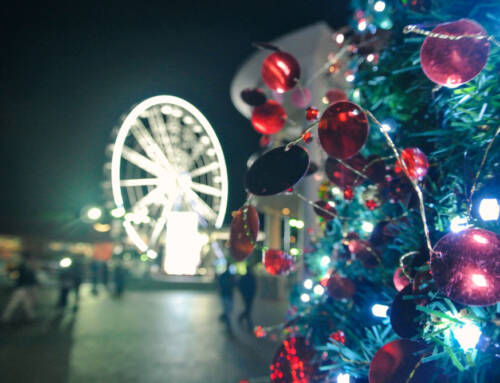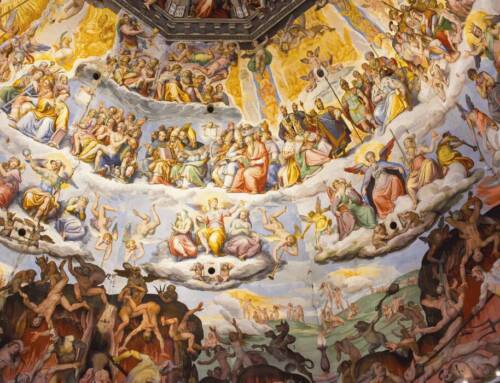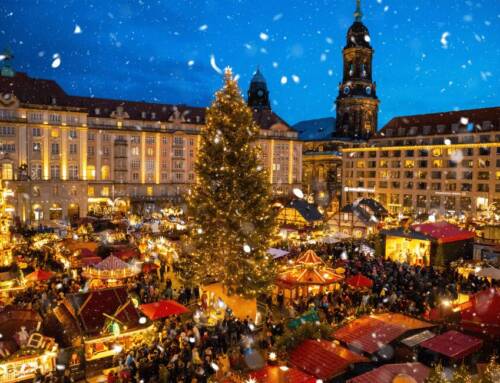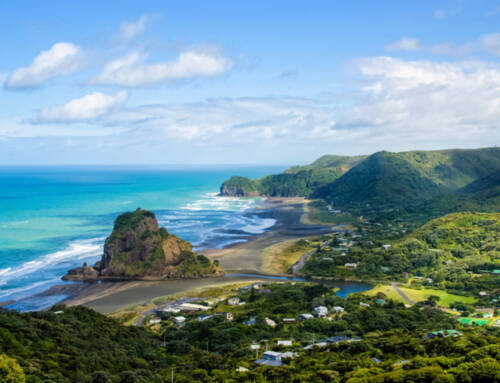“What to see in Miami” is a question many travelers ask when planning their next getaway to this magical city. Known for its beaches, vibrant nightlife, and cinematic layout, Miami has long captivated those in search of a slice of tropical paradise on American soil. But the city has been working hard to shake off the “sun-and-sand” stereotype. In recent years, Miami has undergone a remarkable transformation in the realms of art, cuisine, and urban design. Here’s what’s new, or newly revived, around the city.
If you’re planning your trip, having travel insurance like the one from Heymondo will give you peace of mind, covering everything from flight cancellations to emergency medical care. After all, the best way to discover new destinations is by doing it safely.
Index
- What makes Miami so irresistible?
- Design District & Ocean Drive’s art deco charm
- What to see in Miami: Wynwood
- What to see in Miami: Little Havana
- Exploring Miami Beach
- Shopping in Miami
- What to see in Miami: Coconut Grove – The city’s trendiest neighborhood
- What to see in Miami: The underline, the newest urban hotspot
- Miami and the sea
- What to see in Miami: Local markets
- Explore Miami safely with Heymondo
What makes Miami so irresistible?
Downtown Miami continues its facelift with the arrival of its highly anticipated science museum (valued at over 300 million euros). Meanwhile, the Design District has become a cultural hotspot, featuring eye-catching architecture, public art installations, and a dynamic calendar of events. In Little Havana, a neighborhood once met with skepticism for every new development, a culinary renaissance is now taking shape, one delicious bite at a time.
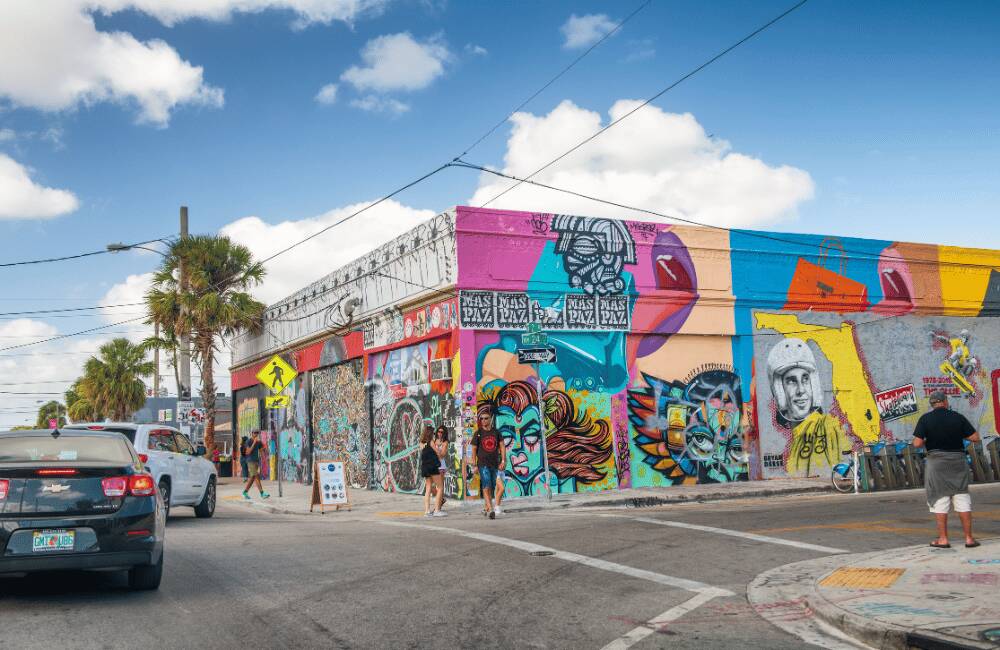
Design District & Ocean Drive’s art deco charm
Often dubbed the “Riviera of the United States,” Miami is a cosmopolitan, 24/7 city. Even without its beaches, the city would still have undeniable charm. The stunning buildings from the 1930s lining Ocean Drive form the world’s largest collection of Art Deco architecture. Adorned with tropical motifs, whimsical details, and those iconic pastel hues, they create a picture-perfect backdrop for wandering and people-watching in Miami Beach.
There are many standouts, but one of the best-preserved examples is the Loews Hotel. After an extensive renovation costing over 50 million euros, the hotel has reestablished itself as a luxury choice while maintaining its historic essence. And thank goodness for that! Everything here is about space, whether in the lobby, the rooms, or the revamped pool area. And let’s not forget the art. Art continues to be a driving force in the city, and at the Loews as well.
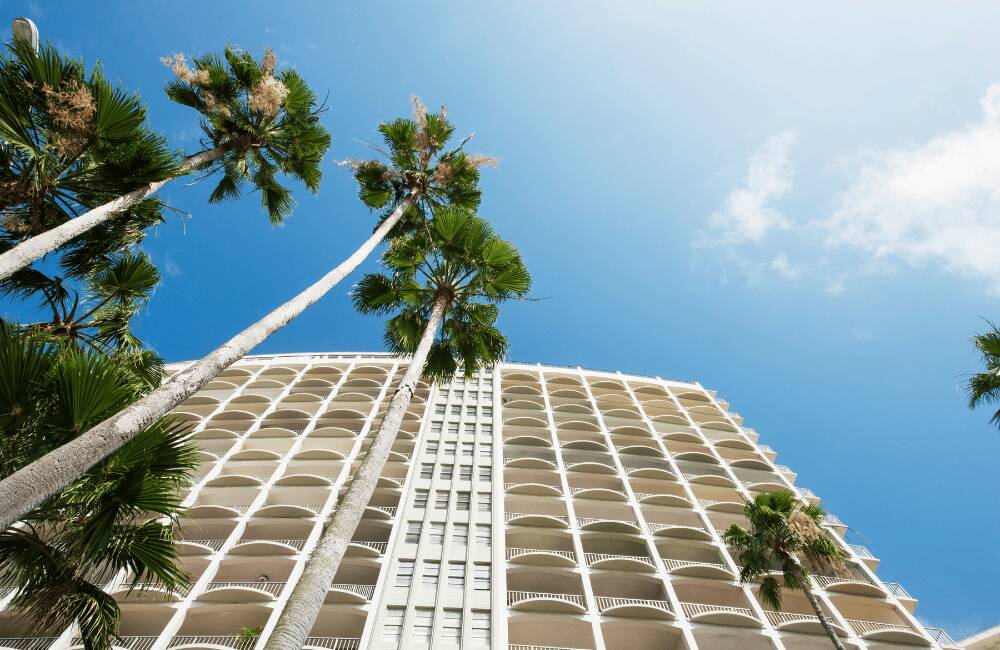
What to see in Miami: Wynwood
About a 20-minute drive from Miami Beach (since public transport is nearly nonexistent, renting a car or using apps like Uber or Lyft is highly recommended), Wynwood remains one of the trendiest areas in the city.
Wynwood is all about art—and that’s not just a figure of speech. This is a must-see in Miami. The district boasts over 70 galleries, multiple museums, and countless private collections. Its lively streets are lined with cafés and restaurants like Coyo, famed for its carnitas tacos and laid-back vibe (beware: there’s almost always a line). Another great spot is Wynwood Kitchen & Bar, where the outdoor terrace is the perfect place to dine surrounded by contemporary art.
Visiting Wynwood
Years have passed since Wynwood Walls first wowed the world, but this massive outdoor mural collection is still a favorite on Instagram—and no filters are needed. Some of the biggest names in street art, including Shepard Fairey (known for the iconic Obama “Hope” poster), have left their mark here.
Art lovers—especially those into science and architecture—shouldn’t miss the Phillip and Patricia Frost Museum of Science. Located in Museum Park in downtown Miami, this campus features an aquarium, a planetarium, and a science museum. Frost Science is designed to inspire people of all ages to engage with science and technology. It’s one of the most impressive and important museums in the U.S., a must-see spot in Miami.
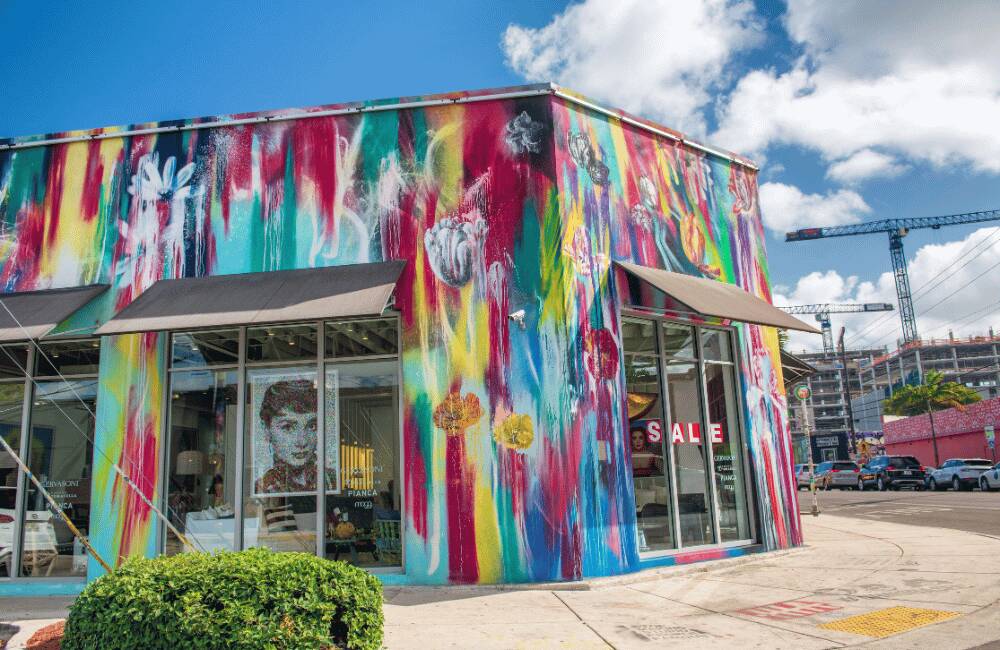
Art Basel Miami Beach
Wynwood also plays host to Art Basel Miami Beach, an event that transforms the city into a global hub for art and culture. Art Basel Miami Beach is one of the world’s most prestigious contemporary art fairs, held every December. It attracts artists, collectors, gallerists, curators, and art lovers from around the globe.
It’s the American edition of Art Basel, the original and arguably most important version of the fair was founded in Basel, Switzerland, in 1970. The Miami Beach edition began in 2002 and quickly established itself as a key reference point in the world of contemporary art. The fair showcases a wide range of work by both established and emerging artists across various disciplines, including painting, sculpture, photography, video, digital art, and performance. It’s the kind of event that no one who’s anyone in the art world wants to miss.
What to see in Miami: Little Havana
Miami’s Cuban community is centered in Little Havana, especially along its main artery, Calle Ocho. This is the place to discover fantastic food and the best mojitos in the city. Forget words like “cool” or “fancy”—Little Havana is all about authentic Latin flavor, with food at the heart of it all.
The growing foodie scene has sparked so much interest that culinary tours of the neighborhood are now popular. These tours include stops at iconic spots, newer places, and, of course, the tastiest joints.
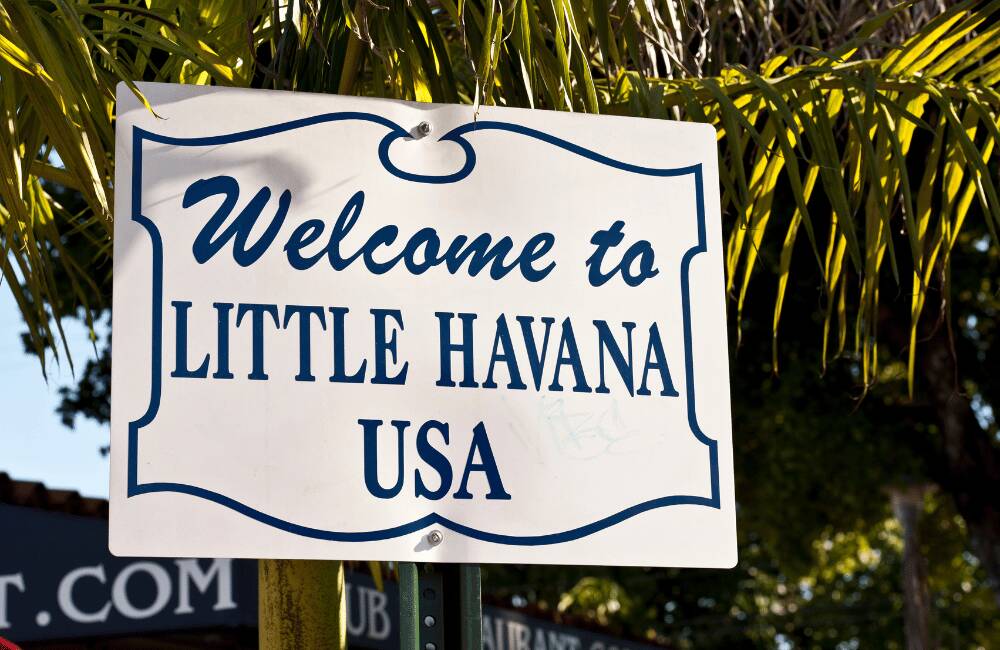
What to eat in Little Havana
Among the many delicious options, El Pub is a great place to start. Here you can try a real Cuban empanada filled with picadillo. It’s one of the oldest restaurants in the area, offering rustic charm, fair prices, and a décor that’s reminiscent of Havana itself. It’s part of daily life for many locals.
Another must-try is Old Havana, where you’ll find one of the best Cuban sandwiches outside of Cuba. It’s packed so full that taking the first bite is a challenge. Best enjoyed with a freshly made mojito, heavy on the sugar and rum, because, as the Cubans say, it helps with digestion.
After lunch, stroll over to Máximo Gómez Park, where well-dressed and perfumed locals gather for fiercely competitive domino matches. Passion runs high here, and Latin pride is palpable, especially around the domino tables. To cool down from the excitement and the Miami heat, grab a scoop of mantecado (custard) ice cream at Azucar Ice Cream Company at 1503 Calle Ocho. It’s a favorite not just among Little Havana’s Cubans, but also fans from around the world. And for good reason.
Also in the area is Versailles, arguably the most famous Cuban restaurant outside of Cuba. For over four decades, it has served up delicious Cuban food and culture to South Florida locals and tourists alike. Even if it’s not the best food-wise, it’s worth visiting for the experience. And don’t leave without trying the coffee.
All you need is a Panama hat, a pair of sunglasses, and a strong desire to have fun to pack your bags, hop on a plane, and land in Miami. It’s here, in the heart of Florida, after exploring places like Wynwood and Little Havana, where your multicultural and glamorous journey through the cradle of Art Deco truly begins.
Exploring Miami Beach
Sun, beaches, fashion, design, sculpted bodies, luxury, art, and trends, Miami gathers every stereotype imaginable and gradually breaks them all down… except one. The “Riviera of the United States” remains a cosmopolitan, 24-hour city.
Ocean Drive
Ocean Drive, one of the city’s busiest and most iconic avenues, stretches from 5th to 21st Street and extends west to Alton Road. Along this strip, you’ll find a showcase, just like everything else in this city, of authentic architectural gems from the 1920s, ’30s, and ’40s. These pastel-colored buildings, rose, peach, teal, lavender, are framed by a glowing tangle of neon signs that light up one of Miami’s most unforgettable spectacles. For a deeper understanding of the Art Deco movement, the Art Deco Welcome Center is a must. It’s practically the Bible of Art Deco, especially valuable for first-time visitors to the city.
Also worth visiting is the Wolfsonian Museum, which highlights some of the most intriguing works from the era, with an added touch of kitsch.
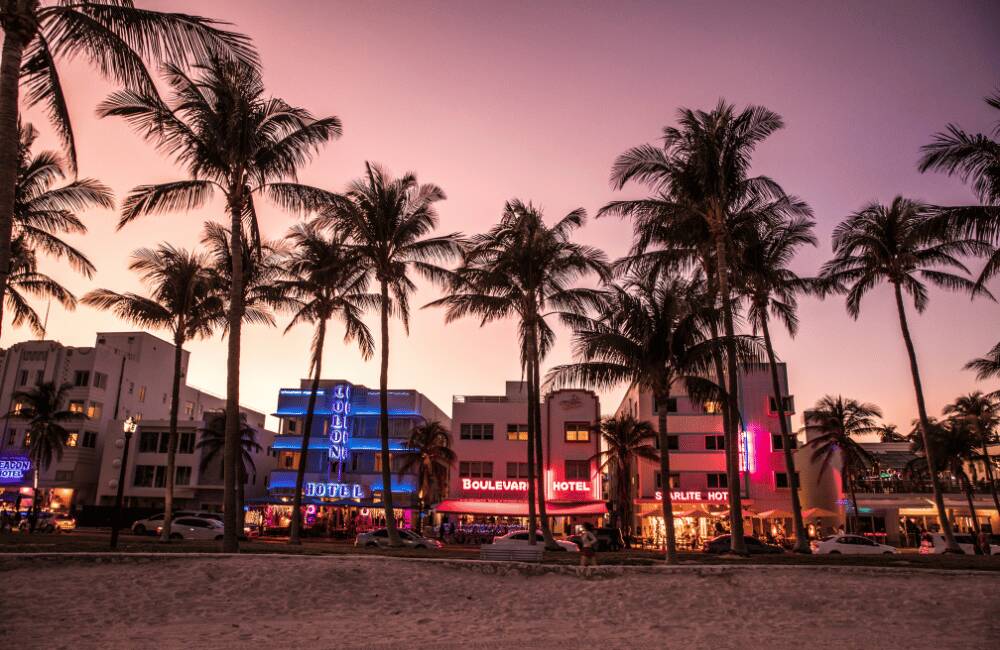
South Beach
A walk through South Beach is the best way to take in this trendy part of Miami Beach—a playground of luxury, vanity, and fun. The area is packed with shops and hip restaurants, especially around the iconic Lincoln Road and Española Way, as well as stylish cafés and hotels like the legendary Café Cardozo, which also doubles as a boutique hotel.
Miami is undeniably one of the top cities in the U.S., and it embraces its glamorous and superficial reputation with undeniable style along the nearly four-mile stretch of Ocean Drive. Then again, like many things in life, it may just be a matter of façade, much like the ones you’ll find throughout the Art Deco District.
Shopping in Miami
And of course, it’s nearly impossible to think of Miami without wanting to go shopping. Dadeland Mall, Mary Brickell Village, and Dolphin Mall are true temples of retail therapy, where you can also score designer deals. Be sure not to overlook unique vintage shops like Fly Boutique Miami, located at 650 Lincoln Road in Miami Beach.
Open-air shopping centers
With Miami’s year-round warm weather and sunshine, not to mention its palm tree–dotted blue skies, it’s no surprise that the city is full of open-air shopping centers and retail districts. One of the most iconic is Bal Harbour Shops, opened in 1965. This luxury indoor-outdoor shopping destination is anchored by Saks Fifth Avenue and Neiman Marcus and features high-end brands like Chanel, Prada, and Tiffany & Co.
In South Beach, Lincoln Road is a classic shopping street, great for people-watching or enjoying a meal at an outdoor café. In downtown Miami, Bayside Marketplace overlooks Biscayne Bay, offering souvenir shops, fun activities like boat tours, and the Skyviews Miami observation wheel.
In upscale Coral Gables, the Miracle Mile shopping district is home to a variety of boutique stores, galleries, and restaurants. Further south in Pinecrest, The Falls is another open-air shopping center, surrounded by lush, tropical landscaping and water features that offer a wow factor beyond just the storefronts.
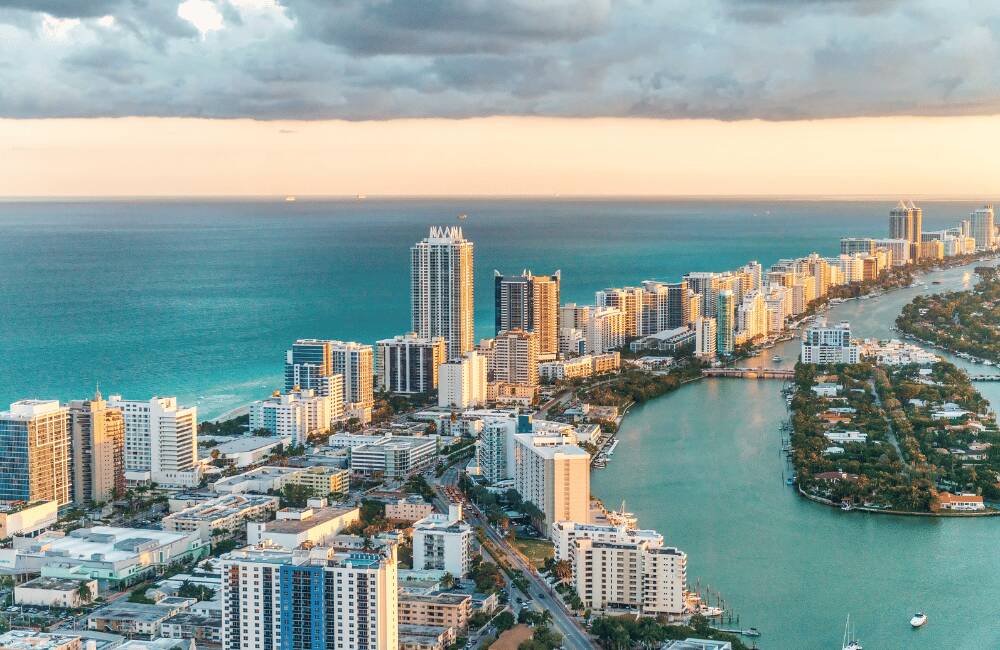
What to see in Miami: Coconut Grove – The city’s trendiest neighborhood
What makes Coconut Grove so special? The answer is simple: it’s Miami’s trendiest neighborhood, where history, nature, and culture blend into one. This somewhat bohemian area offers the charm of a small town within the big city. It’s more laid-back than Miami’s other more modern and urban neighborhoods and has a stronger sense of community. It’s also perfect for exploring by bike.
Nature, history, and culture in the heart of the City
With its picturesque ambiance, few people realize that Coconut Grove is one of Miami’s oldest neighborhoods. Located near Coral Gables and Key Biscayne, it’s right in the heart of Miami but far enough removed to remain a green, tranquil escape. It’s no surprise that the neighborhood is well known for its proximity to parks and nature areas like CocoWalk Park, a popular open-air shopping and dining center. Recently renovated, it still holds onto its casual vibe, making it a great spot for walking, shopping, or enjoying an al fresco meal.
Also nearby is The Barnacle Historic State Park, home to one of Miami’s oldest surviving houses, built in 1891. The park sits by Biscayne Bay, offering breathtaking ocean views and access to water activities. With so much history, Coconut Grove also serves as a cultural hub, home to art galleries, theaters, and cultural events all year round. Among the most notable is the Coconut Grove Arts Festival, held every February and considered one of Miami’s most important art events. You won’t find Art Deco here—but this is still Miami in its purest form.
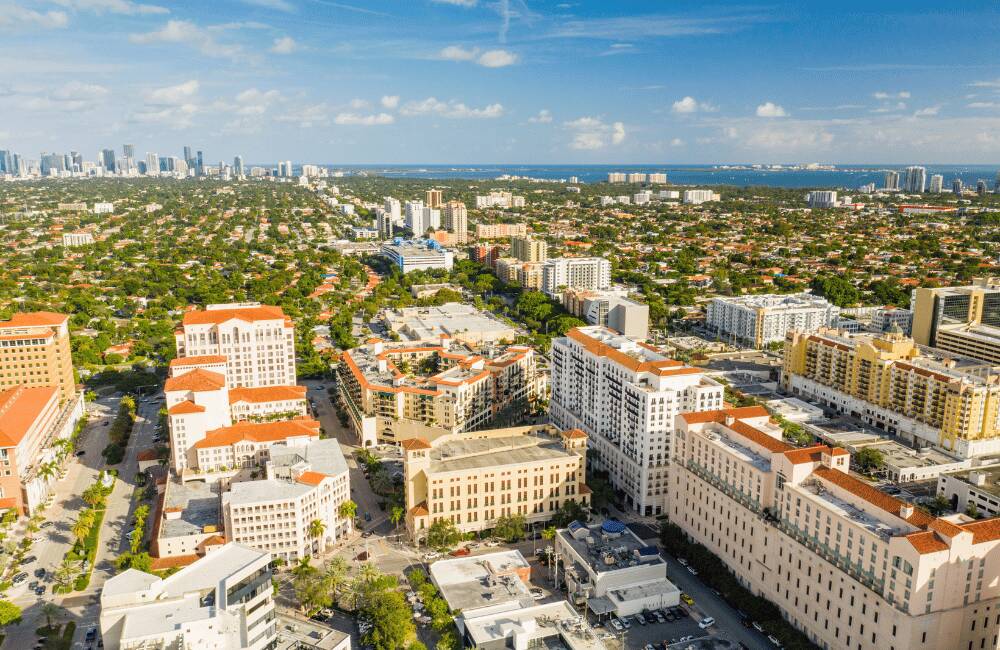
Bohemian spirit and enchanting architecture
It’s that historic village vibe that has helped make Coconut Grove one of Miami’s most desirable neighborhoods. Founded in the 19th century, it retains a historic and artistic aura. Originally a haven for artists and writers, that bohemian spirit lives on along its tree-lined streets and among its beautiful (and very expensive) period homes.
Architecture in Coconut Grove spans everything from historic residences and Mediterranean-style villas to sleek modern mansions. While you’ll still find some high-rise condos in classic American style, everything here carries a unique charm.
What to see in Miami: The underline, the newest urban hotspot
What if I told you that Miami’s coolest new gathering spot is under a train track? Welcome to The Underline, a newly opened 10-mile linear park beneath the Metrorail in the Brickell neighborhood.
Just like New York’s High Line, Miami now has its own elevated-rail-to-urban-park transformation. This outdoor park space reimagines the area under the train tracks as a place for exercise, art appreciation, cultural events, or just relaxing among lush landscaping that stretches from downtown Miami all the way to Kendall. The Underline is definitely something to see in Miami.
From forgotten tracks to urban oasis
Most of the land that now makes up The Underline was previously unused, neglected space. Now, in Brickell Backyard, just north of the Brickell Metrorail Station, you’ll find everything from domino tables and a 50-person communal dining table to outdoor ping-pong, a basketball court, and a community stage for yoga, movie nights, and live music. The entire park even offers free Wi-Fi.
Public art abounds, from colorful murals on concrete pillars to quirky sculptures dotting the park. It’s a place that’s not only drawing in visitors but also attracting businesses likely to set up shop along the Miami River in the near future.
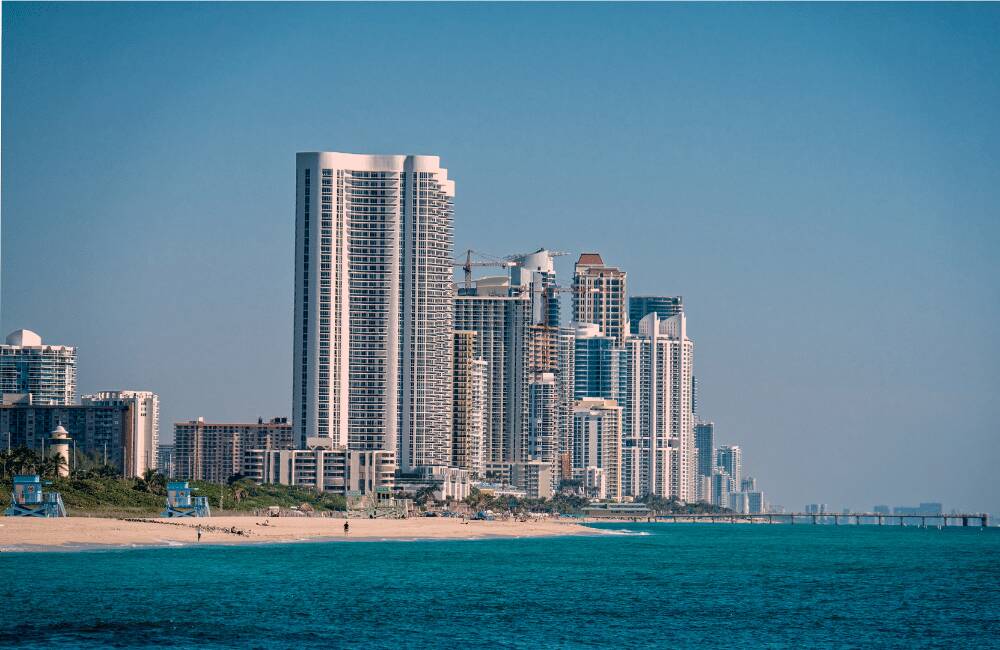
A project in progress
Alongside this first phase, known as Brickell Backyard, eight additional phases of construction are scheduled to roll out over the coming months. The full project is expected to be completed by the end of 2025. Once finished, The Underline will stretch southwest along Miami’s Metrorail line, from the Miami River in Brickell to the Dadeland South Station. It will connect neighborhoods and landmarks such as Vizcaya, Coconut Grove, and the University of Miami, offering both locals and visitors an innovative way to experience and engage with the city.
Miami and the sea
Water is part of Miami’s DNA. It’s the playground for locals and home to a diverse array of marine life, including everything from colorful fish to manatees, dolphins, and seahorses. While Miami’s waters may not always mirror the vivid turquoise of the Caribbean, they’re an essential part of the city’s ecosystem—and a major source of recreation.
That’s why water sports and aquatic activities are so popular here. You can go sailing, paddleboarding, kayaking, canoeing, or simply take a relaxing boat ride or swim in the bay.
Top water activities
Perhaps the easiest way to connect with Miami’s marine life is with a half-day cruise. Departures are available from Downtown Miami, Bayside Marketplace, and Miami Beach Marina. Travelers can opt for sightseeing tours around Star Island to see celebrity mansions, or for the more adventurous, buckle up for a high-speed boat tour.
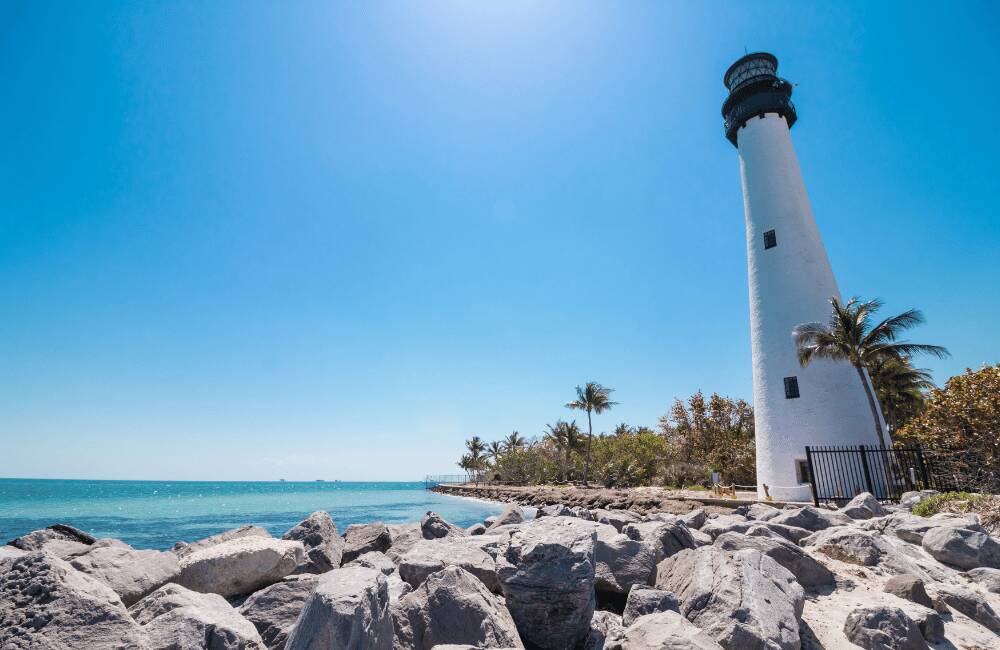
What to see in Miami: Local markets
Miami’s food scene is world-class, but there are also ways to support ethical tourism and connect with local culture—like visiting its farmer’s markets.
Mr. Fresh farmers Market
Located in North Miami Beach, open Monday through Saturday from 8 a.m. to 8 p.m., and Sundays from 9 a.m. to 6 p.m.. This is the perfect spot to find a wide variety of locally grown, organic products—often at discounted prices—as well as an impressive range of superfoods.
Like many international markets (and something Spaniards know very well), this one also serves freshly squeezed juices and healthy meal options for breakfast, lunch, or dinner. Expect everything from acai bowls loaded with fresh fruit to generous salads and hot meals made with local ingredients.
Redland Market village
Located in South Dade, open Thursdays and Fridays from 11 a.m. to 6 p.m., and weekends from 7 a.m. to 6 p.m. Since opening in 1987, this market has sold local produce and transforms into a fun flea market on weekends, perfect for vintage treasure hunting.
This family-run market offers fresh farm produce, spices, local honey, authentic Mexican food, and even Nicaraguan cheeses. Seafood lovers should head straight to the indoor fish market, where you’ll find fresh-caught fish, shellfish, and oysters on offer.
Explore Miami safely with Heymondo
Traveling to Miami means diving into a city full of energy, culture, and contrast. From endless beaches to neighborhoods bursting with flavor and art, every corner deserves to be enjoyed with peace of mind.
That’s why it’s important to check the entry requirements for visiting the U.S. and to bring along travel insurance, like the one offered by Heymondo, which protects you from unexpected events like flight delays, lost luggage, or emergency medical needs during your adventure.That way, the only thing you’ll need to worry about is deciding whether to start your day with a stroll through Wynwood or a relaxing morning in South Beach. Get ready to enjoy everything Miami has to offer, safely, and stress-free.
Featured stories

